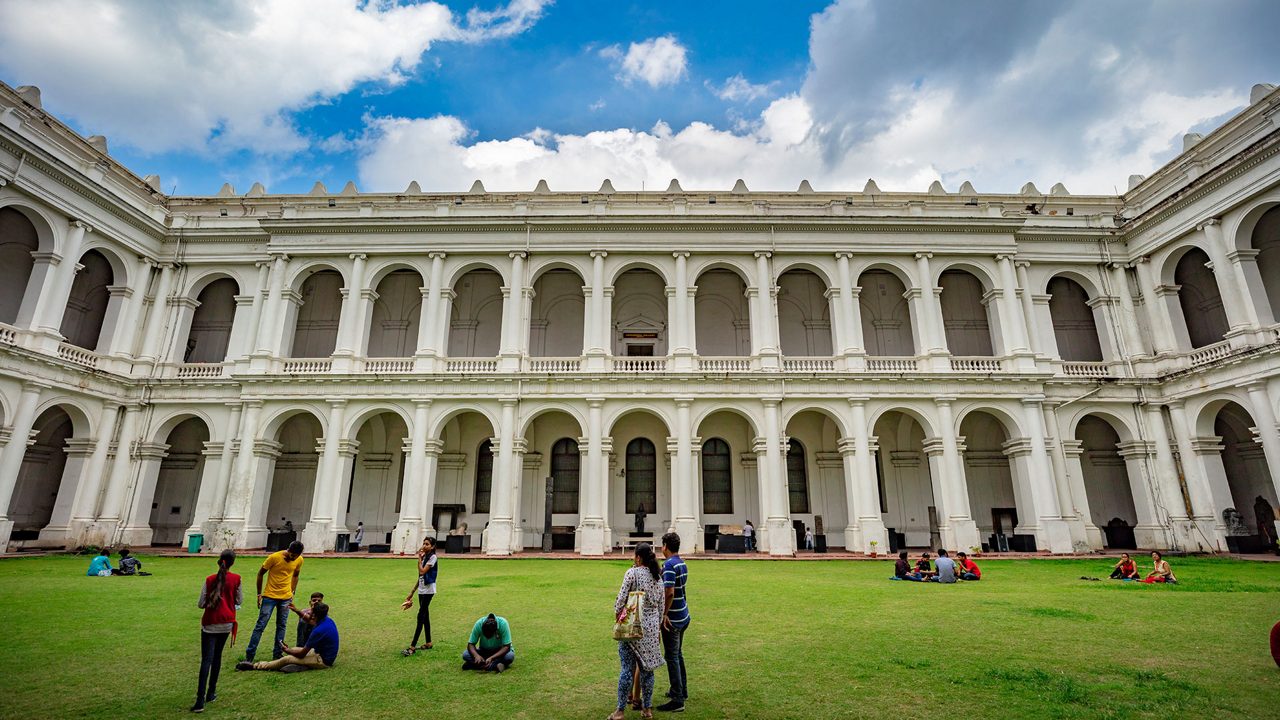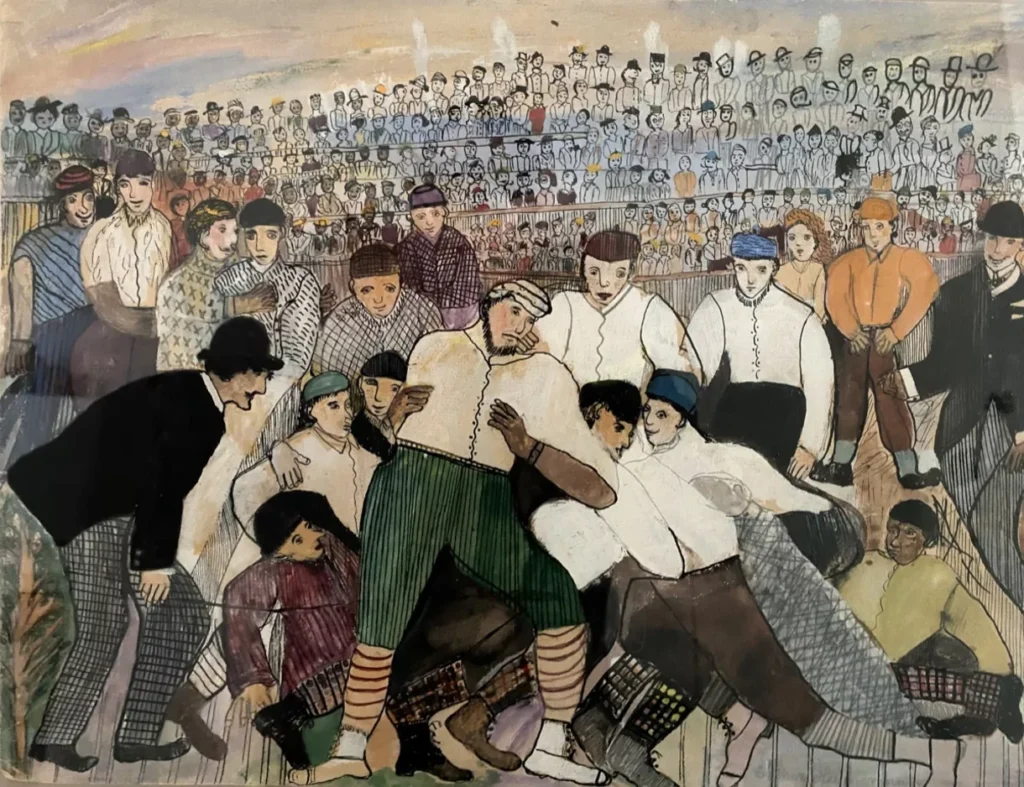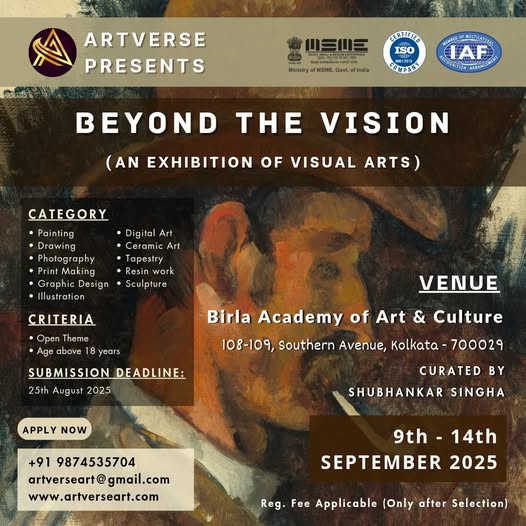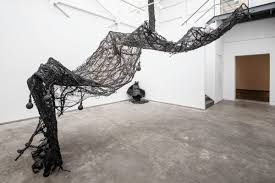
Menu

Drawing is no longer the quiet cousin of painting or sculpture. Around the world, contemporary drawing biennials and fairs are attracting record crowds, proving that this age-old medium has found new relevance in the 21st century.
Events like the Drawing Now Art Fair in Paris and the International Biennial of Drawing Pilsen in the Czech Republic are showcasing drawing as a dynamic and standalone art form. These exhibitions go far beyond graphite sketches—they include ink, charcoal, digital linework, installation drawings, and mixed media that push the boundaries of the medium.
What’s driving this surge in popularity? Many curators and critics point to the immediacy and intimacy of drawing. It’s often the first form of visual expression we learn as children, and that familiarity makes it deeply accessible. At the same time, today’s artists are using drawing to tackle complex themes like identity, migration, environment, and technology.
Another factor is the rise of drawing as performance. Some biennials now feature live drawing sessions where artists interact with the public, turning the creative process itself into a spectacle. Others focus on collaborative or community-based drawing projects, inviting audience participation.
This shift is also reflected in the art market. Collectors and galleries are increasingly interested in drawings—not just as preparatory works, but as finished pieces that showcase skill, spontaneity, and concept. Institutions like The Drawing Center (New York) and the British Museum are expanding their drawing collections and exhibitions.
Ultimately, drawing is shedding its “supporting role” reputation. These biennials and fairs show that drawing can be raw, radical, and refined—sometimes all at once. With a simple mark on paper, artists are captivating global audiences and redefining what contemporary art can be.



